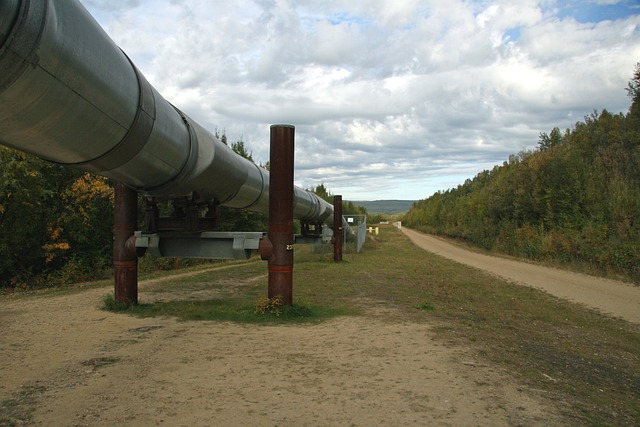Understanding common leak points, such as faulty fixtures, aging water heaters, and corroded pipes, is vital for effective DIY pipe leak detection. Regular maintenance involves visual inspections, using tools like flashlights and multimeters, tracing water lines, and listening for unusual noises. Upon identifying a leak, immediately turn off the main water supply valve, assess severity, and take appropriate actions from DIY repairs to professional assistance for burst pipes, preventing costly damages and water waste.
Discovering water leaks early is key to preventing costly damage. This guide equips homeowners with essential pipe leak detection tips, empowering them to identify and address leaks efficiently. From understanding common water leak sources like outdated pipes, broken valves, or faulty appliances, to employing simple DIY tools and techniques, you’ll learn effective strategies for thorough inspection. By mastering these step-by-step methods, you can effectively mitigate potential water damage and save on costly repairs.
- Understanding Common Water Leak Sources
- Tools and Techniques for DIY Detection
- Steps to Effectively Address Found Leaks
Understanding Common Water Leak Sources

Water leaks can originate from various sources within your home, many of which are easily identifiable with some basic knowledge and a few simple tricks. Understanding common leak points is the first step in effective pipe leak detection tips. One of the most prevalent causes is faulty plumbing fixtures like faucets or showerheads. Over time, these components may develop leaks due to worn-out gaskets, seals, or valves. Another frequent culprit is an aging water heater, where corrosion and erosion can compromise its integrity, leading to leaks.
Additionally, pipes themselves are a significant source of concern. Copper and PVC pipes, while durable, can still develop cracks or corrode, especially in areas prone to temperature fluctuations or harsh chemical exposure. Hidden behind walls, under floors, or in tight spaces, these leaks might go unnoticed until they cause substantial damage. Regular checks and maintenance, coupled with knowledge of pipe leak detection tips, can help homeowners identify and address these issues promptly, preventing costly repairs and water waste.
Tools and Techniques for DIY Detection

When it comes to DIY pipe leak detection, there are several simple tricks and tools at your disposal. Start by checking for visible signs like dripping water or wet spots on walls, ceilings, or floors. These could indicate obvious leaks. For a more thorough inspection, gather some essential tools such as a flashlight, rubber gloves, and a bucket. A basic multi-meter is also invaluable; this device measures electrical current and can help pinpoint water leakage by detecting minute voltage changes caused by flowing water.
Another effective technique involves tracing your water lines visually. Turn off the main water supply valve and then check for any discolored or corroded pipes, as these could be signs of a leak. Additionally, pay close attention to areas around fixtures, toilets, and appliances where leaks are more likely to occur. Keep an eye out for unusual noises like dripping or gurgling sounds coming from your plumbing system, as these may indicate hidden leaks that require professional attention.
Steps to Effectively Address Found Leaks

Once you’ve successfully identified a water leak, it’s time to take action. The first step is to turn off the main water supply valve to your home. This crucial Pipe Leak Detection Tip helps prevent further damage while you assess and repair the issue. Next, locate the source of the leak and assess the extent of the damage. Is it a small drip or a gushing stream? Understanding the severity will guide your next steps.
For minor leaks, you might be able to fix them yourself with some basic tools and supplies. This could include replacing a worn-out washer or sealing cracks in pipes. However, for larger leaks, especially those involving burst pipes, it’s best to call in professional plumbers. Their expertise ensures the problem is fixed properly and efficiently, minimising further damage and water waste.
Water leaks can cause significant damage if left undetected, but with a few simple DIY tricks, you can become your home’s guardian. By understanding common leak sources and employing effective detection techniques, you’ll be well-equipped to identify even the subtlest moisture issues. Remember, prompt action is key to minimizing repair costs and preventing further complications. So, armed with knowledge and the right tools, take control of your home’s water integrity – it’s as easy as following these DIY pipe leak detection tips.
